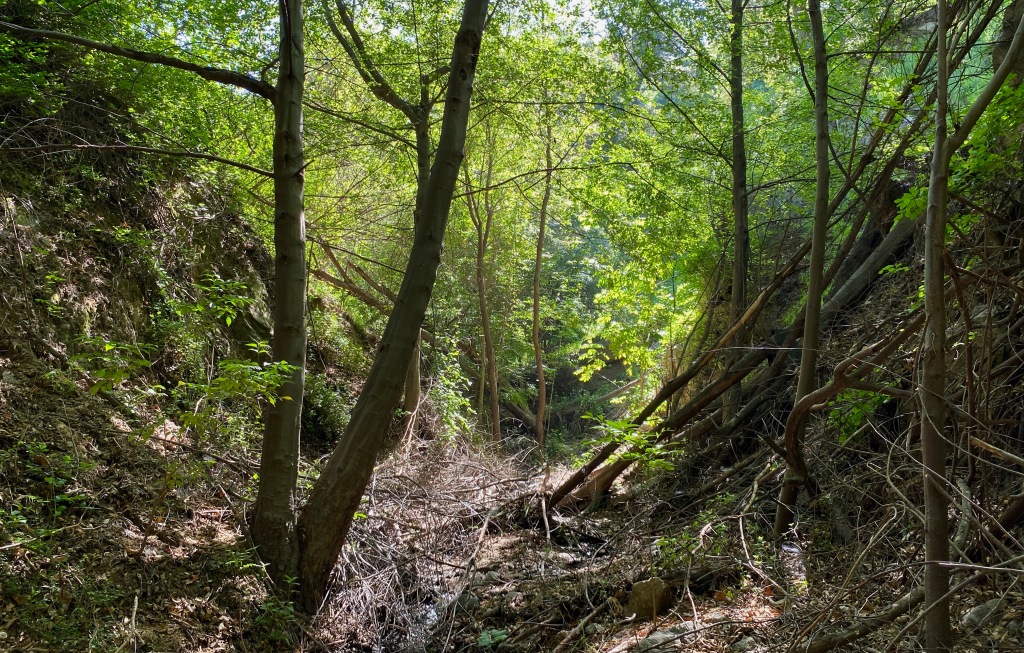
Hi there. My name is Greg, and I am a Certified California Naturalist through the University of California Agriculture and Natural Resources, better known by the acronym UCANR.
The Naturalist certification is a statewide program designed to introduce and enhance a passion for the diverse natural world in California. Becoming a naturalist requires taking a training course (I did mine at Pasadena Community College) and then completing a final project on the subject.
A big part of being a naturalist is volunteering. And, if you’re really into volunteering, with 40 hours of service, you can achieve a service award pin. With the volunteering, the intention is to teach/show/share with others the beauty, breadth and fragility of our states ecosystems and natural habitats.
Read: Why I Garden
Much of what I do as a California Naturalist is volunteering to do habitat restoration and weed remediation with the California Native Plant Society LA/SMM Chapter in the Sepulveda Basin Wildlife Reserve. As a horticulturalist, I grow native plants to use in that restoration work. I’ve created a Facebook group that captures updates about its progress.
- Follow my Fieldnotes
- Read: Becoming a Naturalist
What makes the state of California so unique?
As a state, California has 6,500 native plants, more than any other state in the U.S.A.
Of those, 2,428 of the plants are rare, meaning they don’t exist in many places and may be endangered or only occur in one location.
One-third of the native plants in California are found nowhere else in the world.
California is home to the largest native plant in the world (by volume) with the giant Sequoia trees (Sequoiadendron giganteum) and the oldest living plant in the world with the great basin bristlecone pine (pinus longaeva).
California is an amazing state to observe, record and discover how the natural world exists around us.
